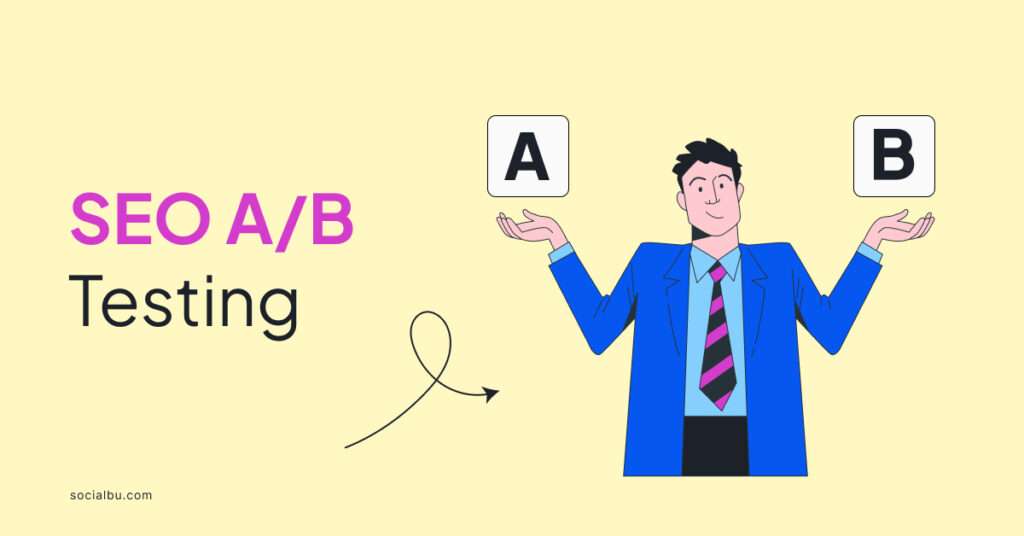SEO A/B testing has been known as a crucial strategy for improving website performance in digital marketing. This powerful technique allows marketers to make data-driven decisions, leading to better search engine rankings and increased organic traffic.
Recent studies have shown that websites implementing SEO A/B testing can see up to a 30% increase in organic traffic within just a few months.
This significant boost in performance highlights the importance of understanding and utilizing this valuable technique.
This guide will provide actionable insights to improve your website’s performance with SEO A/B testing. Let’s discover how it can transform your digital marketing efforts.
Understanding SEO A/B Testing
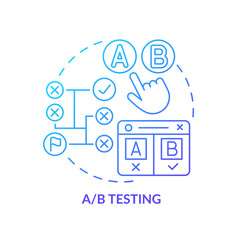
SEO testing, specifically A/B testing, is a method used to compare two versions of a webpage or website element to determine which one performs better in search engine results.
This process involves creating two variations of a single variable and testing them against each other. The goal is to identify which version leads to better SEO outcomes, such as higher rankings, increased organic traffic, or improved user engagement.
How It Differs From Traditional A/B Testing
While traditional A/B testing focuses on user behavior and conversion rates, SEO A/B testing targets search engine performance. Here are the key differences:
- Audience: Traditional A/B tests target website visitors, while SEO tests focus on search engines.
- Metrics: SEO tests measure rankings, organic traffic, and click-through rates rather than conversion rates.
- Duration: SEO tests often require longer periods to gather meaningful data due to search engine indexing times.
- Implementation: SEO tests may involve changes to backend elements like meta tags or schema markup, which are not visible to users.
Benefits of SEO A/B Testing
1. Improved Search Rankings
SEO A/B testing helps identify which elements contribute to better search engine rankings. If you’re managing SEO in-house or working with an SEO agency for saas, leveraging A/B testing can uncover what truly drives results in search performance
2. Enhanced User Experience
By optimizing elements like title tags and meta descriptions, SEO A/B testing can lead to higher click-through rates from search results. This improvement drives more traffic and signals to search engines that your content is relevant and valuable.
3. Data-Driven Decision Making
SEO A/B testing eliminates guesswork and allows for informed decisions based on real data. This approach reduces the risk of implementing changes that could negatively impact your website’s performance.
Understanding and implementing SEO A/B testing can significantly improve your website’s search performance. This data-driven approach ensures that your SEO efforts are focused on changes that truly make a difference in your search rankings and organic traffic.
When to Use A/B Testing in SEO
Knowing when to use A/B testing in SEO is crucial for maximizing effectiveness. Here are four key scenarios where implementing A/B tests can be particularly beneficial.
1. Before Major Website Changes
Before making significant changes to your website, it’s wise to conduct A/B tests. This approach allows you to assess the potential impact of these changes on your SEO performance.
For example, if you’re planning a site-wide redesign, you can first test different layouts or navigation structures on a small portion of your site. This strategy helps minimize the risk of negatively affecting your search rankings.
2. To Optimize Existing Content
A/B testing is an excellent tool for improving the performance of your existing content. You can test various elements such as:
- Title tags
- Meta descriptions
- Header tags
- Content structure
3. When Launching New Features or Pages
When introducing new features or pages to your website, A/B testing can help ensure they’re optimized for search engines from the start. This proactive approach can save time and resources in the long run.
For example, you might test different URL structures or content layouts for a new product category page to determine which performs better in search results.
4. To Resolve Conflicting SEO Advice
SEO best practices can sometimes seem contradictory. In these cases, A/B testing provides a data-driven way to determine which approach works best for your website.
For example, if you’re unsure whether to use long-form or short-form content for a particular topic, an A/B test can help you better decide based on actual search performance.
When to use A/B testing in SEO largely depends on your specific goals and circumstances. However, it’s generally beneficial to incorporate regular testing into your SEO strategy.
By strategically implementing A/B tests in these scenarios, you can continually refine your SEO strategy and improve your website’s search performance. Remember, the key is to approach testing methodically and allow sufficient time for meaningful results.
Key Elements to Test A/B in SEO
When conducting SEO A/B tests, it’s important to focus on elements that can significantly impact your search performance. Here are the key areas you should consider testing:
1. Title Tags
Title tags play a crucial role in SEO. They inform search engines and users about the content of your page. To test A/B title tags, you might experiment with:
- Different lengths
- Including or excluding brand names
- Varying keyword placement
A recent study by Backlinko found that titles between 15-40 characters tend to perform best in search results.
2. Meta Descriptions
While meta descriptions don’t directly influence rankings, they can affect click-through rates from search results. You should consider testing:
- Different lengths (aim for 120-160 characters)
- Including a call-to-action
- Incorporating target keywords
3. Header Tags (H1, H2, etc.)
Header tags help structure your content and signal its importance to search engines. You can test A/B:
- Different H1 formulations
- The number of H2s and H3s used
- Including keywords in headers
4. Content Structure and Formatting
How you structure and format your content can impact user engagement and search performance. Test A/B:
- Short vs. long paragraphs
- Use of bullet points or numbered lists
- Inclusion of images or videos
5. Internal Linking
Internal links help distribute page authority and guide users through your site. Consider testing:
- The number of internal links
- Anchor text variations
- Link placement within content
6. URL Structure
Your URL structure can affect both SEO and user experience. Test A/B:
- Short vs. long URLs
- Including keywords in URLs
- Using categories in the URL structure
7. Schema Markup
Schema markup helps search engines understand your content better. You can test A/B:
- Different types of schema (e.g., Article vs. BlogPosting)
- The amount of information included in the markup
- Implementation methods (JSON-LD vs. Microdata)
When you test A/B these elements, remember to focus on one change at a time. This approach allows you to accurately attribute performance changes to the specific element you’re testing.
By systematically testing these key elements, you can continually refine your SEO strategy and improve your website’s visibility in search results.
Steps to Conduct an SEO A/B Test
A/B testing with examples is an effective way to improve your SEO strategy. Let’s walk through the steps to conduct a successful SEO A/B test.
1. Identify the Element to Test
First, choose which element you want to test. For this example, let’s say we’re testing title tags for a product page.
2. Form a Hypothesis
Create a clear hypothesis about how changing the element will affect performance.
For example: “Including the product price in the title tag will increase click-through rates from search results.”
3. Create Two Versions (A and B)
Develop two versions of the element you’re testing:
- Version A (Control): “Best Running Shoes for Men | Brand Name”
- Version B (Variant): “Best Running Shoes for Men – $99 | Brand Name”
4. Split Your Sample Equally
Divide your test pages into two equal groups. Each group should receive one version of the title tag.
5. Determine the Test Duration
Set a timeframe for your test. Most SEO A/B tests require at least 8-12 weeks for statistically significant results.
6. Implement the Test
Apply the changes to your website. Ensure you use SEO A/B testing tools to implement the changes correctly.
7. Collect and Analyze Data
Monitor key metrics throughout the test period. For our example, focus on:
- Click-through rates from search results
- Organic traffic to the product pages
- Conversion rates for each version
8. Draw Conclusions and Implement Changes
After the test period, analyze your data to determine which version performed better. If Version B shows a statistically significant improvement, implement this change across all relevant pages.
Let’s take an example: if the title tag, including the price (Version B), increased click-through rates by 15%, you might decide to implement this strategy across all product pages.
By following these steps and conducting A/B testing with example scenarios like this, you can make data-driven decisions to improve your SEO performance.
Tools for SEO A/B Testing
For SEO A/B testing, many tools can help you conduct experiments and analyze results effectively. Here are some of the most popular and efficient tools available:
1. Google Search Console

Google Search Console is a famous tool for SEO professionals. It provides valuable insights into your website’s performance in Google search results. You can use it to:
- Monitor your site’s search performance
- Identify which queries bring users to your site
- Analyze click-through rates (CTR) for different pages
While not specifically designed for A/B testing, Google Search Console data is crucial for forming hypotheses and measuring the impact of your tests.
2. Google Analytics

Google Analytics is another essential tool for SEO A/B testing. It allows you to:
- Track user behavior on your site
- Measure conversion rates
- Analyze traffic sources
You can use Google Analytics in conjunction with Google Optimize to run A/B tests and measure their impact on user behavior and conversions.
3. Rankscience
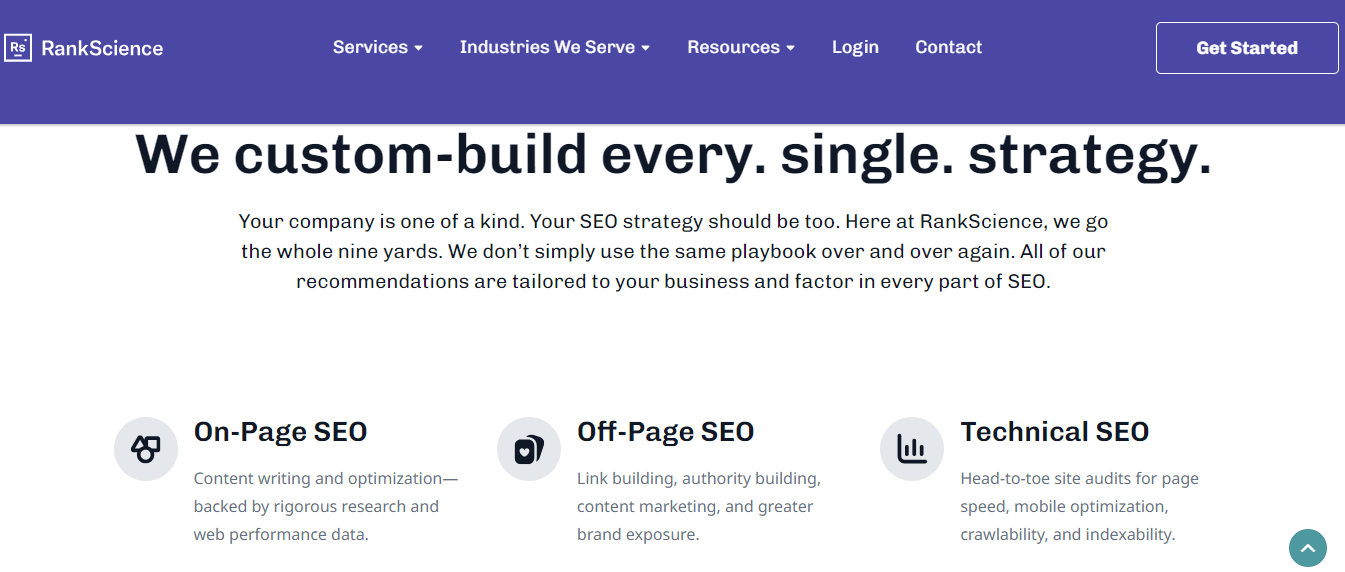
Rankscience is an AI-powered SEO A/B testing platform. It automates the process of creating and running SEO experiments. Key features include:
- Automated test creation and implementation
- Machine learning algorithms to analyze results
- Integration with popular content management systems
4. ClickFlow
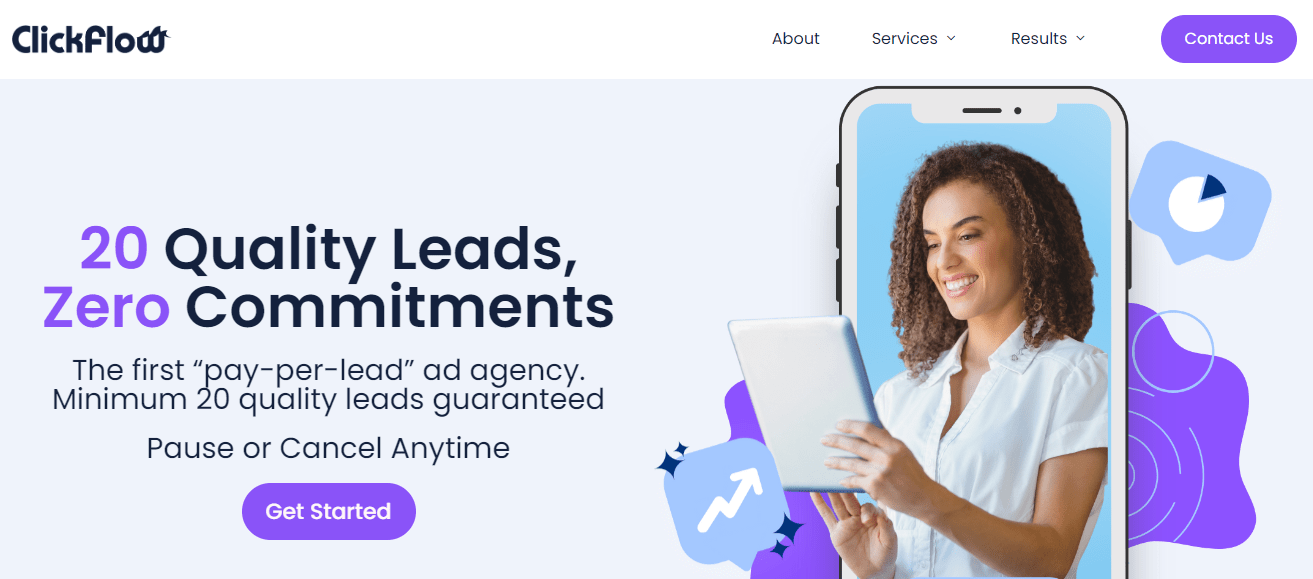
ClickFlow is a specialized SEO testing tool that focuses on content optimization. It offers:
- Title tag and meta-description testing
- Content decay analysis
- Automated content briefs
5. Optimizely
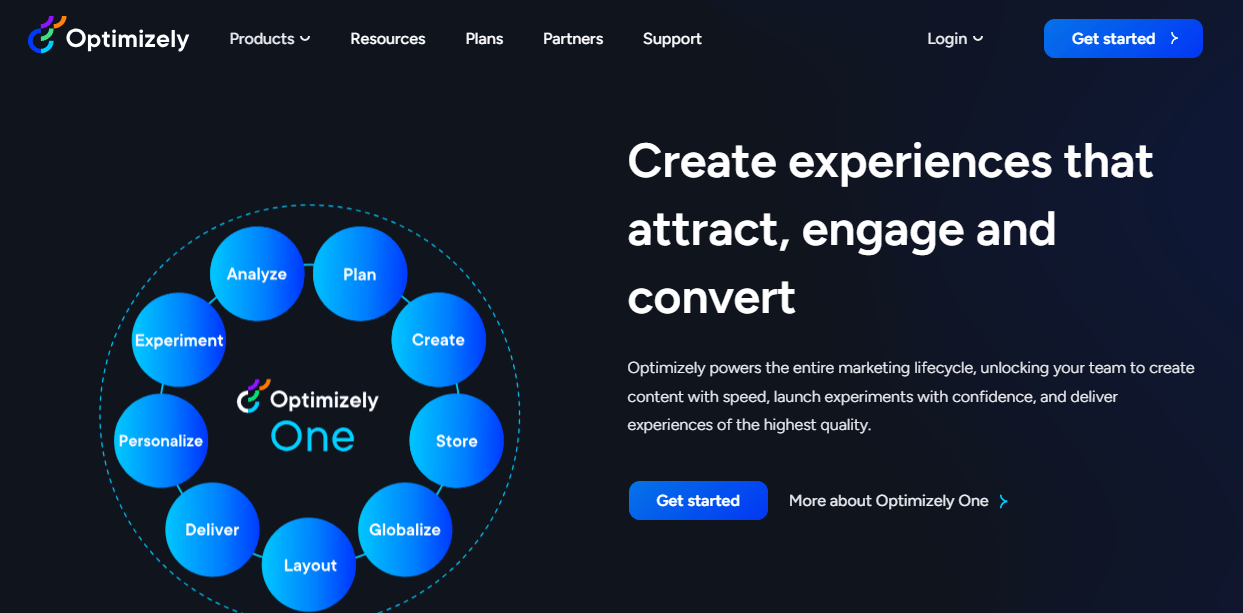
While primarily known for traditional A/B testing, Optimizely also offers features for SEO experimentation. It provides:
- Visual editor for creating test variations
- Statistical analysis of test results
- Integration with popular analytics platforms
By leveraging these tools, you can conduct thorough SEO A/B tests and make data-driven decisions to improve your website’s search performance.
Best Practices for SEO A/B Testing
Let’s explore the best practices to follow when conducting SEO A/B testing.
1. Test One Element at a Time
Focus on testing a single element in each experiment. This approach helps you identify the specific factor that influences your results.
For example, test only the title tag or only the meta description, not both simultaneously.
2. Ensure Statistical Significance
Wait until your test reaches statistical significance before concluding. Most SEO experts recommend a confidence level of at least 95%.
Tools like AB Testguide can help you calculate statistical significance.
3. Consider Seasonal Fluctuations
Be aware of seasonal trends that might affect your test results.
For example, an e-commerce site might see different patterns during the holiday season. Account for these fluctuations when analyzing your data.
4. Be Patient – Allow Sufficient Time for Results
SEO changes often take time to show results. According to a study by Ahrefs, it takes an average of 3-6 months for a page to reach its ranking peak. Plan your tests accordingly.
5. Document Your Tests and Results
Keep detailed records of all your tests, including hypotheses, methods, and results. This documentation will help you track progress and inform future experiments.
6. Comply With Search Engine Guidelines
Always adhere to search engine guidelines when conducting tests. Violating these rules can result in penalties. Familiarize yourself with Google Search Essentials to ensure compliance.
Common Pitfalls to Avoid
Here are some things you must avoid to conduct smooth SEO A/B testing.
1. Testing Too Many Elements Simultaneously
Avoid testing multiple elements at once. This approach makes it difficult to determine which change caused the observed effect. Instead, focus on one variable at a time for clear, actionable results.
2. Ignoring External Factors
Be aware of external factors that might influence your test results. These could include:
- Algorithm updates
- Competitor actions
- News events related to your industry
Consider these factors when analyzing your test data to avoid misattributing results.
3. Implementing Changes Too Quickly
Resist the urge to implement changes based on early results. Premature implementation can lead to incorrect conclusions. Wait for statistical significance and consider long-term trends before making permanent changes.
4. Not Considering Mobile vs. Desktop Differences
Remember that mobile and desktop users may behave differently.
Mobile devices accounted for 59.16% of global website traffic in Q2 2022. Ensure your tests account for both mobile and desktop experiences.
5. Focusing Solely on Short-Term Gains
While quick wins are appealing, focus on long-term SEO improvements. Short-term tactics might provide temporary boosts but can harm your site’s performance in the long run. Aim for sustainable growth through continuous testing and improvement.
By following these best practices and avoiding common pitfalls, you can conduct effective SEO A/B tests that improve your website’s search performance.
Remember, SEO is an ongoing process, and regular testing is key to staying competitive in search results.
Conclusion
SEO A/B testing is a powerful tool for improving your website’s search performance. By following best practices, avoiding common pitfalls, and using the right tools, you can make data-driven decisions that boost your organic traffic and conversions. Remember, successful SEO is an ongoing testing, learning, and refining process.
Ready to supercharge your social media strategy alongside your SEO efforts? Try SocialBu for free today and streamline your social media management, scheduling, and analytics in one powerful platform.
FAQs
1. What is SEO AB testing?
SEO A/B testing compares two versions of a webpage or website element to determine which one performs better in search engine rankings and organic traffic.
2. What is an SEO split test?
An SEO split test is essentially the same as SEO A/B testing, where you create two versions of a page or element, randomly divide your sample, and compare their performance in search results.
3. What is Google SEO testing tool?
Google doesn’t offer a dedicated SEO testing tool, but it provides several resources that can be used for SEO testing, such as Google Search Console and Google Analytics.
4. How do I set up an SEO test?
To set up an SEO test, identify the element you want to test, create a hypothesis, develop two versions (A and B), implement the changes on your website, monitor the performance using tools like Google Search Console, and analyze the results after a sufficient period (usually several weeks to months).
